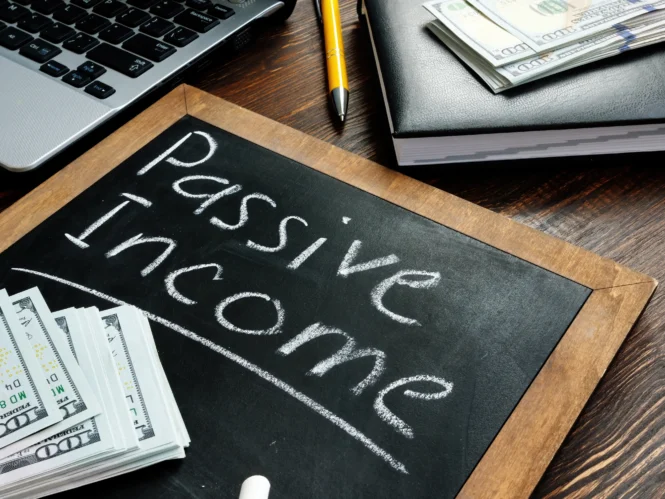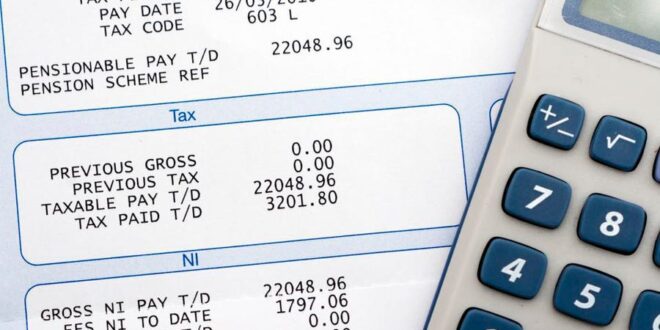Ok, most of you know about taxes and probably all of you pay them, or at least you should. But do we all understand what they are? Today we will answer that and talk about a corporate tax rate in Canada specifically.
Everywhere around the world, you have public services like education, postal services, law enforcement and similar things. Now everyone that are running these public services needs to get paid, just like you and me. The pay for their jobs, indirectly, comes from us through our tax payments. Every country through its taxes takes care of other things than paying for public service workers. A portion of those taxes goes to other international and military affairs. If you wonder why the answer is simple?! Every country benefits from global commerce, supply chains, alliances, supply and trading routes, strategic partnerships and much, much more.
One thing that is particular about taxation is that it either is defined or applied differently in different countries. The core of it is the same while the implementation, collection or certain laws may be different from country to country. As you can see, today we will be focusing on Canada and the corporate tax rates there, so if you are interested in this, stick with us till the end.
When it comes to taxation in Canada there are two types – active and passive taxation. But before we dive into this let’s explain corporate tax. Corporate tax is taxation on the net income of a corporation. Net income is whatever is left after all expenses, deductions, amortisation, appreciation and everything else. With these taxes, the State of Canada uses to run their military, economy, infrastructure, education, health care and other things we already mentioned.
Now, to return to those two different kinds of taxation – active and passive, you should know that there are also two different types of income – active and passive.
Active income

Active income is the income your business makes from your primary services or products. Let’s say you are a hair salon and active income would be the money you get from your services, while a passive one would be if your business has an investment portfolio. If you are a CCPC or Canadian-controlled private corporation you will be faced with two different tax rates:
- Small business deduction which goes from $0 to $500.000. Depending on which province you are in the taxation amount might be a little bit different so make sure you check these so you are safe from making a mistake.
- The general tax rate goes from %500.001 and up. This is naturally going to be a bit higher and, again you can try and find out how much for your specific province.
Most of you are probably thinking now “Why would we ever want a bigger business and make more than $500.000 when we need to pay more and never see anything from that back?”. The reality is a bit different and when your corporation pays out dividends, you can pay out non-eligible dividends and eligible dividends. Eligible dividends are those that come after $500.000 of income that now falls under the general tax rate, you will receive a higher tax credit and pay fewer taxes when you take it out personally. CRA is very careful about double taxation and having you overpay which is a good thing. They want to equalize things the same had you been an employee and earned that as a salary.
Passive income

When it comes to investment income in a corporation gets a bit tricky and complicated. The reason for that is that there is a lot of different mechanics, and different type of investments, there are some corporations that have investment income that can be considered as an active income making this not so much clear-cut as active income. This doesn’t mean we will not try to explain and simplify it as much as possible without losing the gist.
Investment or passive income is taxed a lot more. Federal income on CCPCs in Canada is 38,7% and you should add on that the provincial rate from your particular province. When you combine those two you will get a total tax rate of anywhere from 46,7% to a whopping 54,7%.
If you are wondering why is this so high, we will try to explain?! Passive income in corporations can come from a variety of sources like rental properties, interest, dividends, capital gain and lots more. All of these types of income have some special features around them and there are a lot of things you need to keep your mind on. To not make this a lot longer we might decide to explain this part in detail some other time.
To most of you, this makes no sense. Why should the passive income in a corporation be taxed so high while active is so “low”?! The answer behind that is relatively reasonable and it is called integration. There is a system where CRA is trying to make everything fair for everyone, including an individual who has a job and is working at a company for which he receives a salary and they want to make that the same as for another individual who has a business with income within his business.
This integration is done through something called refundable dividend tax on hand and all this means is that we have this high taxation on passive investments in the beginning, but eventually with this when you pay out a shareholder a dividend and you have a balance in the RDTOH account you will be eligible to get a refund of some of the taxes you previously paid on those investments.
Though this seems a bit complicated to someone not from this world, as you could read it is a fairly balanced system and one that is catering to both worlds. Those that work for pay and those that own businesses and invest to earn. Some of them get lower taxes right off the bat, others do not, but eventually, you get returns according to what you do and how you do it. All in all, it is a good system, for now, maybe there will be a better one in future, but that remains to be seen.
Hopefully, we managed to explain some of these things to you and hope you understand this a bit better now.
 Imagup General Magazine 2024
Imagup General Magazine 2024



